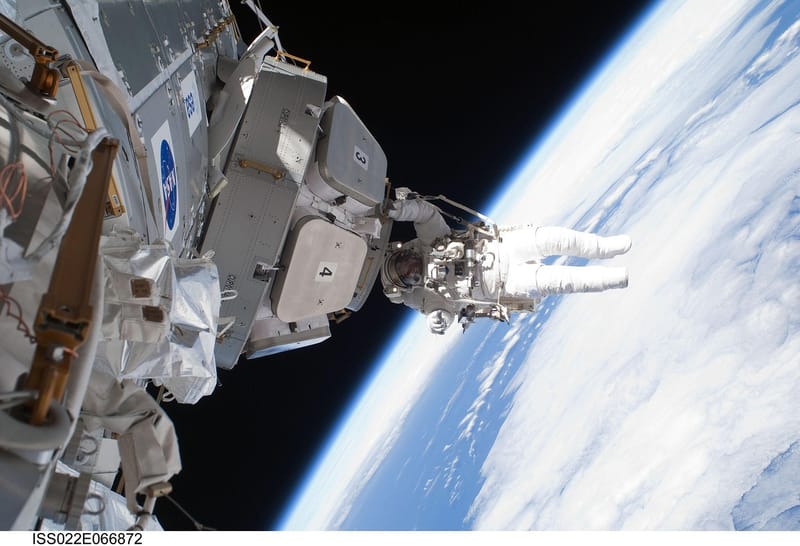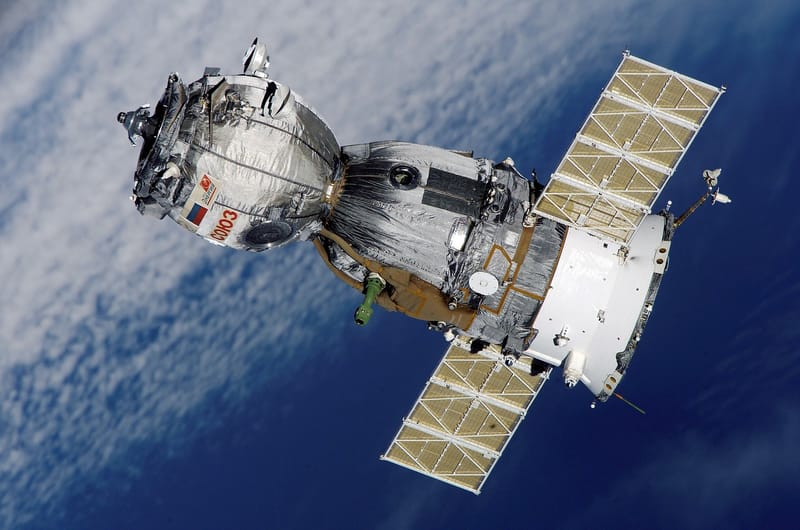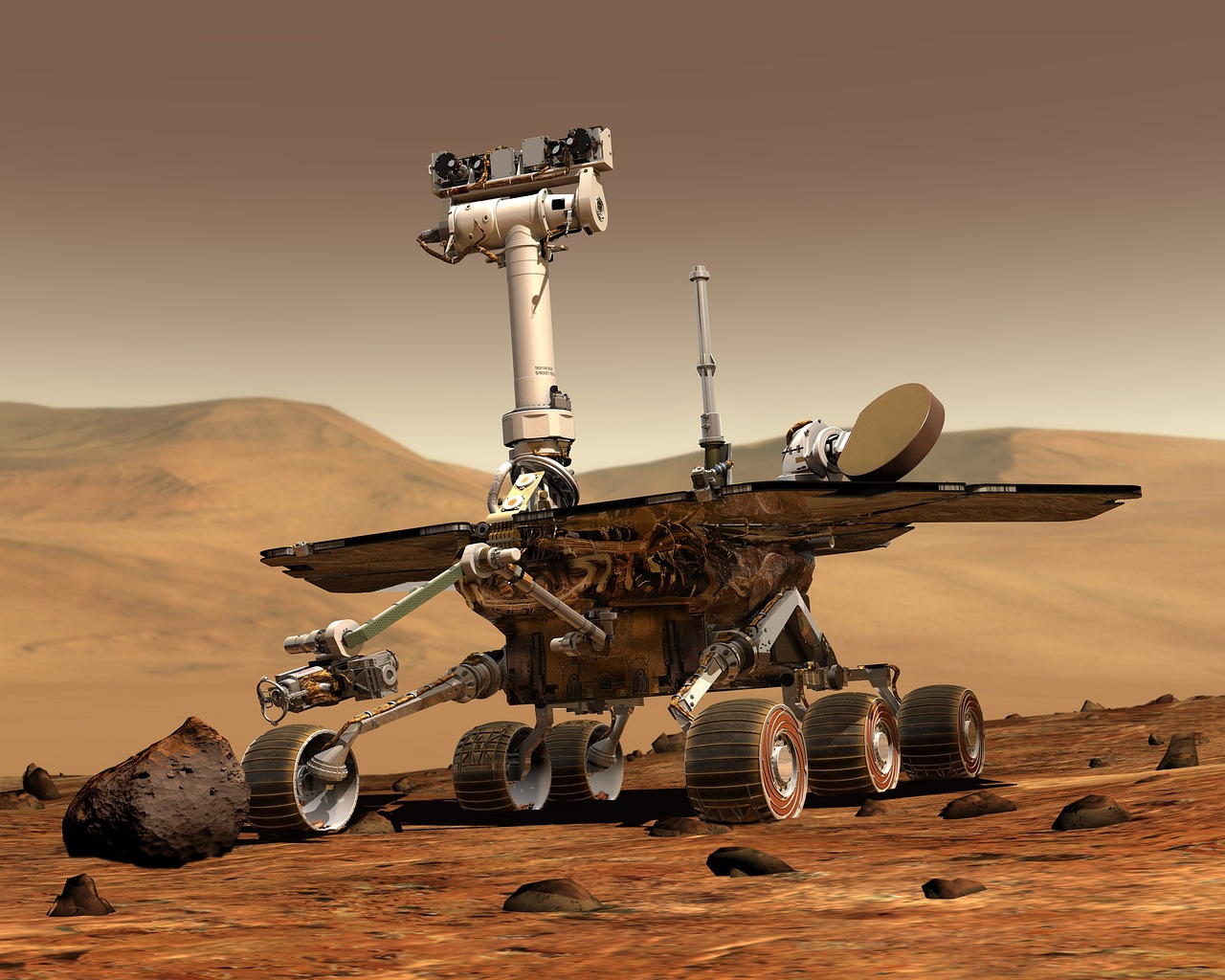Space Technology - Part 1
Innovations for Space Exploration - Part 1
Space exploration has always been at the forefront of human curiosity and innovation. Over the years, scientists, engineers, and researchers have developed groundbreaking technologies to push the boundaries of what is possible in outer space. In this article, we will explore some of the most exciting innovations that have revolutionized space exploration.
1. Ion Propulsion Systems
Ion propulsion systems have transformed the way spacecraft travel through space. Unlike traditional chemical propulsion systems that rely on burning fuel, ion thrusters use electric fields to accelerate ions to generate thrust. This technology allows spacecraft to reach higher speeds and travel further distances with less fuel, making it ideal for long-duration missions.

2. Mars Rovers
Mars rovers have significantly advanced our understanding of the Red Planet. These robotic vehicles are equipped with scientific instruments to study the Martian surface, analyze soil samples, and search for signs of past life. Rovers like Curiosity and Perseverance have paved the way for future manned missions to Mars.

3. Space Telescopes
Space telescopes have revolutionized our view of the universe. These powerful instruments orbit Earth or other celestial bodies, capturing stunning images of distant galaxies, stars, and planets. Telescopes like the Hubble Space Telescope have provided invaluable data for astronomers and researchers.

4. 3D Printing in Space
3D printing technology has found its way into space exploration. Astronauts aboard the International Space Station (ISS) use 3D printers to manufacture tools, spare parts, and even food in microgravity. This innovation reduces the need for resupply missions and enables on-demand production in space.

5. CubeSats
CubeSats are miniature satellites that have opened up new possibilities for space research. These small, cost-effective satellites are used for various scientific missions, including Earth observation, technology demonstration, and educational purposes. CubeSats allow for increased access to space for organizations and researchers.

Stay tuned for Part 2 of our series on innovations for space exploration, where we will explore even more cutting-edge technologies that are shaping the future of space travel.
